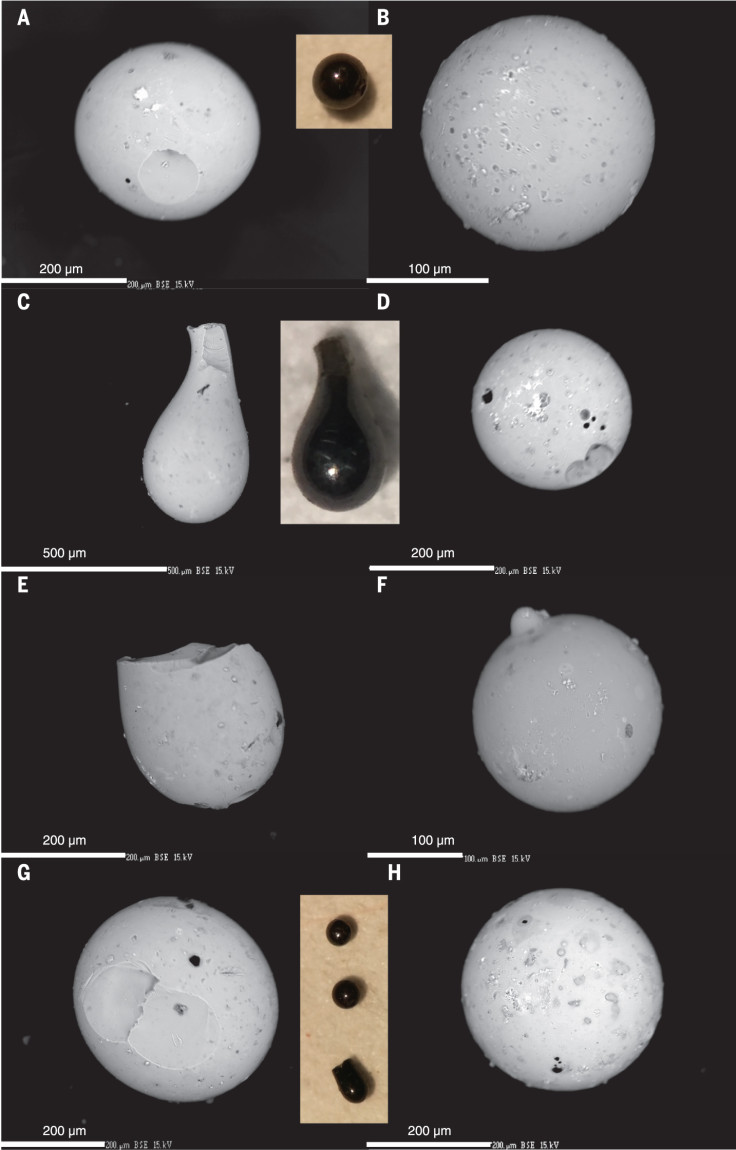50 million years ago, global warming meant Earth was almost ice free. This could be why...
Scientists claim first direct evidence a comet struck earth the same time the planet warmed by up to 9C.

A comet striking Earth could have triggered a period of global warming that saw Earth almost ice free. Scientists claim to have the first direct evidence of a comet striking Earth around the same time as the Paleocene-Eocene Thermal Maximum (PETM), potentially providing a link between the two events.
The PETM event is known to have taken place around 56 million years ago. It lasted for around 200,000 years and saw global temperatures rise between 5 and 9C. While scientists know there was a huge injection of carbon into the atmosphere, the cause of the PETM is not known. Suggestions have included a surge in volcanic activity, methane release, changes to ocean circulation and the eruption of a large kimberlite field.
In 2003, Dennis Kent suggested a comet impacting Earth could have triggered PETM. He said magnetised clay particles found in New Jersey could have been altered as the result of such an impact. However, his hypothesis was largely rejected.
Now, Kent and colleagues have published a paper providing further evidence that a comet impacted Earth at roughly the same time as the PETM. While they do not explicitly claim the comet was responsible for the warming, they suggest it could have played a role – potentially triggering volcanism or shaken loose frozen methane from the seabed, which would in turn account for the huge release of carbon.
Published in the journal Science, researchers discuss the discovery of microtektites – tiny spherical droplets of glass that are believed to form when an extraterrestrial object hits Earth. The impact ejects vaporised material that solidifies mid-air. These were found along the New Jersey coast.
They found the microtektites at the bottom of a layer of clay believed to mark the start of the PETM. The microtektites form an eight-inch layer at the base of the 30ft-section of clay. While the authors say they have not discovered the crater from the impact, it shows the material was laid down rapidly. "This could very well be the ground zero" Kent said. "It got warm in a hurry. This suggests where it came from."

Morgan Schaller, lead author of the study, added: "It's got to be more than coincidental that there's an impact right at the same time. If the impact was related, it suggests the carbon release was fast."
How the comet would have triggered carbon release is unknown. Kent suggests several scenarios – along with triggering volcanism, it could also have vaporised carbon rich sediments or the comet could have brought its own carbon into the atmosphere. "It's an event with a lot of consequences that would have unfolded in various aspects over seconds, minutes, hours, months and years," he said.
Some scientists are not convinced, however. Christian Koeberl, from the University of Vienna, said the age of the spherules was not established so could have come from another time. Gerald Dickens, a marine geologist at Rice University who studies the PETM, added: "[There are] multiple arguments for why the carbon input took thousands of years. Finding a few spherules does not change this."
Finally Charles Langmuir, from Harvard University, said that while evidence of an impact was "strong", it does not change our understanding of the carbon release. "Whether it is an impact, or huge volcanic eruptions, or human emissions, rapid changes to the atmosphere have a major impact on planetary systems, and particularly on life."
© Copyright IBTimes 2025. All rights reserved.






















